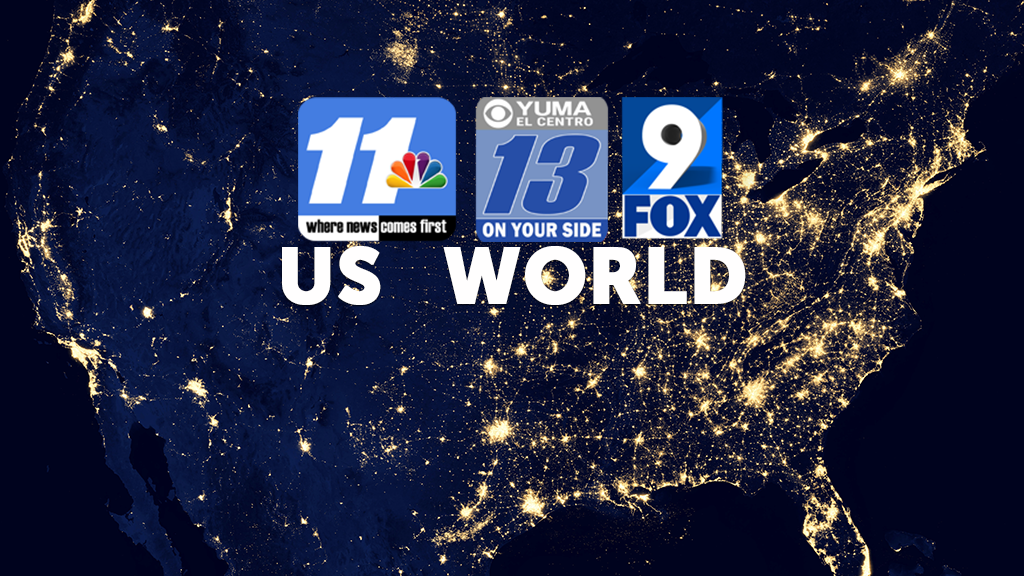Latinos are navigating barriers to Covid-19 vaccinations and experts say it comes down to access

One Chicago doctor says that low vaccination rates among Latinos isn’t just due to their hesitancy.
In many cases, emergency room physician Dr. Marina Del Rios says, it actually comes down to questions of logistics and access.
“Most people are willing to get vaccinated, Dr. Del Rios told CNN. But “they have more questions related to ‘where can I get the vaccine, when will it be my turn, is it going to cost me money?'”
Nationwide, Hispanic or Latino residents contracted Covid-19 at nearly twice the rate of White people and were hospitalized more than four times the rate of White people, according to recent data from the US Centers for Disease Control and Prevention. And just under 12% of those vaccinated in the first month of the rollout were Hispanic or Latino.
Since March, Hispanic residents in Chicago have accounted for more confirmed coronavirus cases than any other demographic. Equitable distribution in Chicago was an early concern among health officials in the area, who worried that the city’s pharmacy deserts could worsen the inequities of the pandemic’s effects in the city.
The city has made an effort to make the vaccine more readily available. Unlike many large metro areas, Chicago is allowing drugstores like Walgreens to vaccinate those eligible, along with smaller local pharmacies in the area.
Still, distribution sites are clustered in the city’s whiter areas and are far more sparsely spread out in the city’s south and west sides, where most residents are Black or Hispanic. Black and Hispanic Chicagoans have received a combined 38% of first doses of the vaccine, while White residents have received almost 50%, according to a CNN analysis.
Dr. Del Rios, who works at the University of Illinois Medical Center at Chicago, likened the vaccination distribution process to “playing the Hunger Games.”
“If you’re not tied already to a medical home, which is a reality for a lot of Latinos who are undocumented or uninsured, then your chances of getting vaccinated any time soon are slim to none.”
What are the barriers?
Fahida Martinez has lived and worked in Chicago’s Little Village for many years. As someone whose job is primarily focused on community outreach, working from home during the pandemic wasn’t ideal. She ended up on phone and on Zoom with members of the community more than she had ever been before.
Martinez recently got her first dose of the vaccine, and said she feels privileged that she was among the first.
Work schedules can create roadblocks for many people who want the vaccine, she told CNN.
More appointments in the morning, at night and throughout the weekend would provide people with more chances to get the vaccine, Martinez said.
“I would like, for example, the clinics, or locations where they’re giving the vaccine, to have hours … lots in the morning, just like in the evening, to give people the opportunity,” she said. “Even Saturdays and Sundays when people don’t have to leave their work day.
As the rollout continues vaccine distribution sites need to have flexible hours, experts say.
Katya Nuques, the executive director of Enlace Chicago, a community organization, said 44% of residents in Little Village are uninsured and an estimated 25% are undocumented.
Enlace focuses on education, violence prevention, immigration, and health and all of them are connected to Covid-19, she says.
“You basically have to do two things at the same time. One is to educate a community,” she told CNN. “On the other hand, you need to provide the availability and to provide the vaccine and those two things are not connected.”
Rios, the emergency physician said, “if you’re not tied already to a medical home, which is a reality for a lot of Latinos who are undocumented or uninsured, then your chances of getting vaccinated any time soon are slim to none.”
As a frontline worker, Dr. Del Rios was among the first to get the vaccine, and the first in Chicago.
“Why not step up and show my own community ‘hey, I’m OK with getting vaccinated, I know the data, and can tell you what side effects you should expect,'” she said.
How to ensure ‘everyone gets this’
Hospitals, for example, must ensure their entire workforce, including the food and maintenance staff, receive all correspondence about signing up to get the vaccine, said Dr. Georges Benjamin, executive director of the American Public Health Association.
Black, Latino and Asian Americans make up 41% of health care workers while 59% are White, according to Kaiser. And the majority of workers in long-term health care settings, 52%, are people of color.
Benjamin said the vaccine also needs to be administered outside of traditional hours so people who work hourly, frontline jobs don’t have to take off work. Communities, he said, should consider a plan for transporting poor families without vehicles to health facilities to get the vaccine.
“You have to say, ‘I want to make sure everyone gets this,'” Benjamin said. “We have to make sure we think about all the ways that people can give in (to getting vaccinated) and we have to make sure we have vaccine available for them when they call in.”
Some researchers said it was alarming to have disparities so early in the process when most of the people getting vaccinated are health care workers.
Dr. Fola May, a health equity researcher at the UCLA Kaiser Permanente Center for Health Equity, said she would expect health care workers to be the most informed and the least hesitant about science.
May fears this could be indicative of bigger racial gaps when the vaccine becomes widely available.
“I think we’ve botched this,” May said. “If we’re seeing it in this population that should have the least biases against science, then when we look into the bigger populations we’re going to have even fewer people who have the right information and access.”